Fuel Pumps & Dispensers
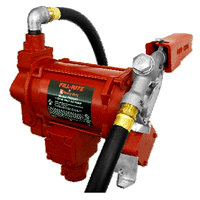
AC Powered Fuel Transfer Pumps
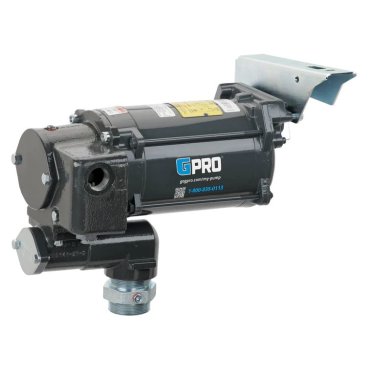
Aviation Fuel Pumps
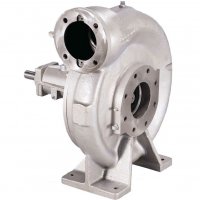
Centrifugal Fuel Pumps
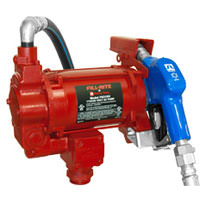
Cold Weather Pumps & Accessories
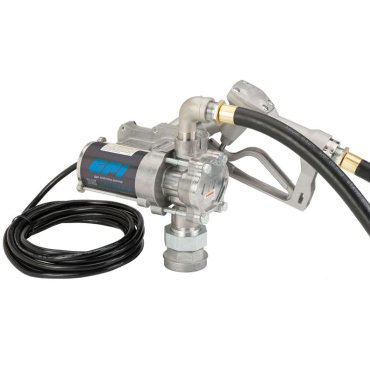
DC Powered Fuel Transfer Pumps
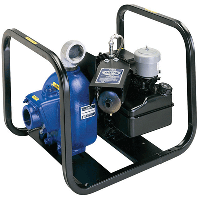
Engine Driven Fuel Pumps
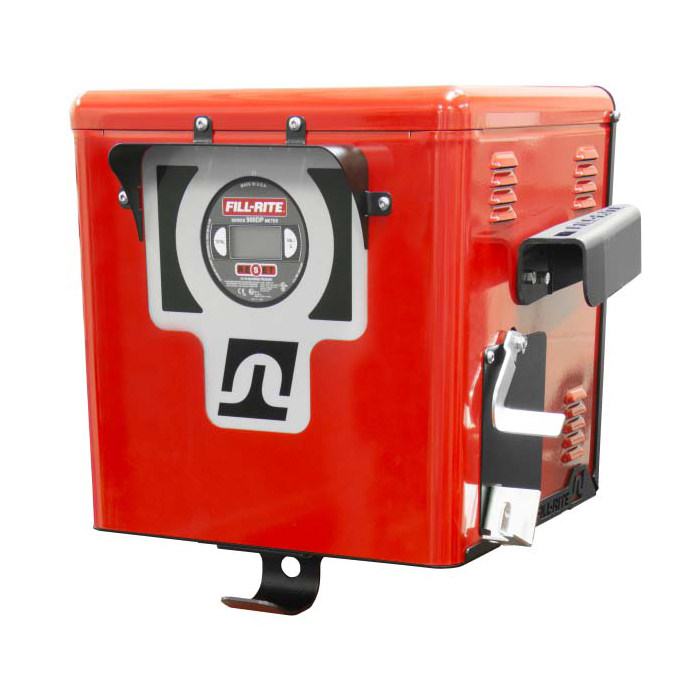
Fuel Cabinet Dispensers
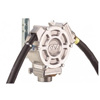
Fuel Hand Pumps
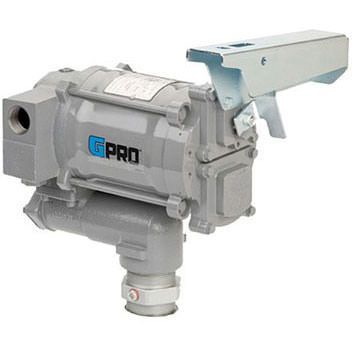
Remote Dispensers & Pumps
Choosing the Right Fuel Transfer Pump
When choosing a fuel transfer pump the first question to consider is the type of fuel to be pumped. Most pumps are specifically designed to pump certain fuels, whether it be diesel, jet fuel, kerosene or gasoline.
Pumps are Built with Unique Seals and Material to Handle Specific Fuels and Additives
Fuel pumps are built with different seals designed to handle the fluid being pumped. Some fuels have additives that are corrosive. For example, Prist, (a jet fuel additive used to prevent the formation of ice in the fuel lines), is corrosive. So while Buna seals might work well for a diesel transfer pumps, those same seals won't hold up very long in a jet fuel transfer pump. That is just one example that highlights that fuel transfer pumps are built with different materials to handle specific fuels.
Safety and Fuel Compatibility
Fuel transfer pumps have different ratings. Transfer pumps that are rated for gasoline must employ anti-sparking features or have a way to prevent the spark (from the electric motor) from coming in contact with the fuel or, more importantly, the fumes of the gasoline. You wouldn't want to run gasoline in a transfer pump that is designed specifically for diesel. Diesel has a flash point of 125 degrees Fahrenheit and isn't as volatile as gasoline. A pump designed specifically for diesel fuel should be used only for diesel fuel. Only pump fuels that are compatible with your pump.
Fuel Transfer Pumps - Pressure and Flow Rate
The second question you want to consider when buying a transfer pump is the distance you need to pump the fuel and how fast you want that fuel transferred. Will you be filling a 20-gallon tank or a large 2,000-gallon tank? You will want to look at the GPM rating of your pump. Obviously the higher the GPM rating, the less time it will take to fill the tank. Electric models typically supply between 12 and 25 GPM. (By comparison, a typical gas station nozzle supplies 7-10 GPM).
You will probably want to buy a pump with a GPM rating a little higher than what you need. Flow rate can decrease when adding accessories to any transfer pump, including swivels, breakaways, filters, meters, and nozzles.
Another thing to consider is the distance you need to pump the fuel. Are you pumping out of a standard 12-foot hose, or a 50-foot hose reel? Vane pumps are generally designed to have a higher pressure rating and a higher flow rate. Gear pumps are generally cheaper than vane pumps and have slower flow rates and a longer pump life because there are fewer points of contact that create less wear on your pump.
Power Source
The third consideration is your power source. Most fuel transfer pumps are DC or AC powered, but there are also some bulk fuel transfer pumps that are powered by diesel fuel or gasoline, such as the Shield-A-Spark pumps from Gorman Rupp.
Manual powered pumps are an economical choice for those who aren't regularly pumping large amounts of fuel. The rate of flow will depend on the speed at which you pump. Manual pumps come in a variety of different styles including: lever, diaphragm, plunger, piston and diaphragm.
Electric pumps supply between 12 and 25 GPM. These pumps come in two varieties: a battery-powered 12V pump for use on construction sites and farms away from electrical service, and a 115V model (usually permanently installed near electrical service). The 115V models must be hard-wired to your power supply to comply with local codes.
Need more information about fuel transfer pumps, give our expert sales team a call 1-800-433-8831. We will help you find the right pump for your application.